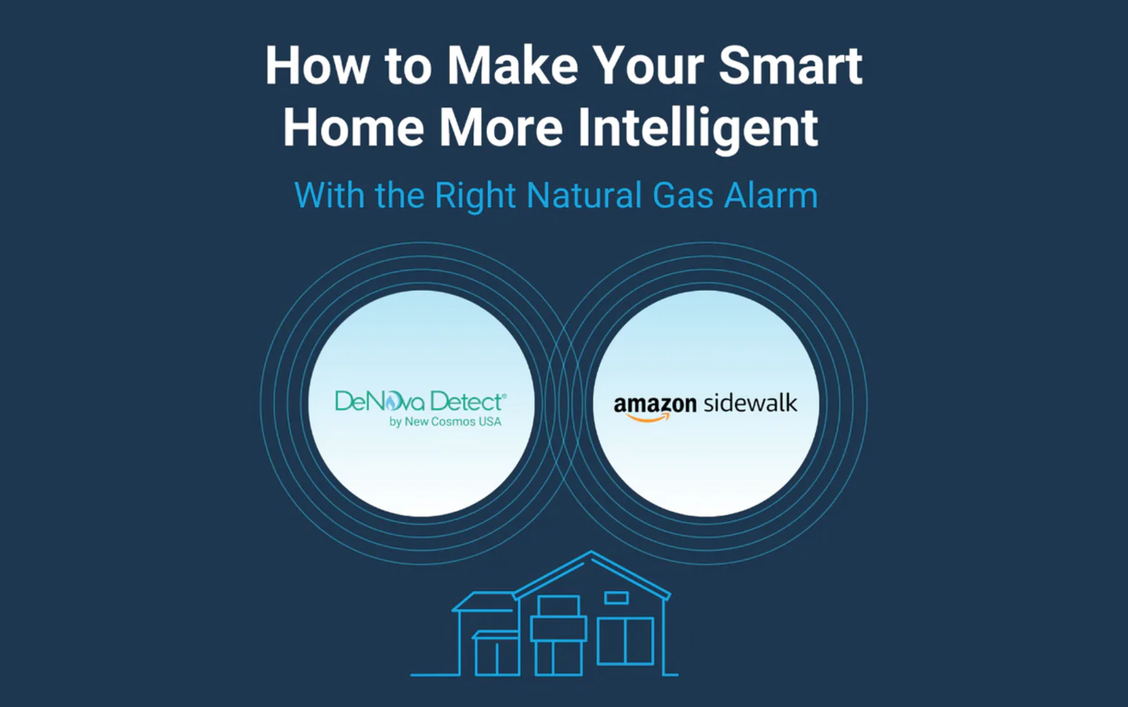Amazon late last month opened its low-power, low-bandwidth home internet of things (IoT) network to third-party developers, but some are concerned about the privacy implications of the shared community network.
Amazon Sidewalk promises a mesh network with a wider range than Wi-Fi that can connect devices to the internet. Participating Amazon devices—known as Sidewalk Bridges—use a small fraction of internet bandwidth to create the network, which the company said is already accessible to 90% of the United States population.
The company said IoT devices like cameras, smart locks, motion sensors and others can then send encrypted data over the Sidewalk network to a Sidewalk Bridge, which then sends that data up to the Amazon Web Services cloud. That capability could enable customers to get alerts on water leaks, air quality or camera motions via an app on their mobile device, the company said.
Currently, Amazon said devices that act as Sidewalk Bridges are primarily its Ring cameras and Echo smart speakers. Those devices use a maximum bandwidth of 80 kilobits/sec to connect to Amazon Sidewalk, which the company said is about one-fortieth of the bandwidth required to stream a high-definition video.
“This network opens the door to the creation of new types of devices for homes, businesses, and cities, which will help people intelligently track shipments, find lost pets, remotely detect smoke from wildfires, and so much more,” the company said in a blog post.
But groups and individuals have raised concerns that the network could violate individual privacy, especially as it is switched on by default. While that setting may boost usage, some warn it undermines the principle of “privacy by default,” which calls for automatically protecting personal data without any action needing to be taken by the consumer.
“Having it [switched on] as a default setting allows them to grow their network much, much faster, and that's why it now covers 90% of the U.S., because if people had to physically go in and turn it on, they would get a much lower adoption rate,” said Alex Ryan, CEO of consulting firm Synthetikos. “But it is not putting the privacy of people first, when you just have it turned on by default.”
When the network was first activated in June 2021, privacy advocates said the automatic opt-in undermined consumer privacy. At the time, the Mozilla Foundation said in a statement that Amazon Sidewalk “amplifies some of the company’s worst behaviors” calling it “unacceptable” that customers must “dig around in their settings to opt out and protect their privacy.”
Others have warned of potential privacy risks. In June 2021, the Redlands, California, Police Department cautioned in a Facebook post that Amazon Sidewalk-enabled devices “will allow individuals outside of your home to use your WiFi.” That, police officials said, could put individual privacy at risk and attract scammers, meaning “your entire neighborhood may be at risk.”





Leave a comment
This site is protected by hCaptcha and the hCaptcha Privacy Policy and Terms of Service apply.